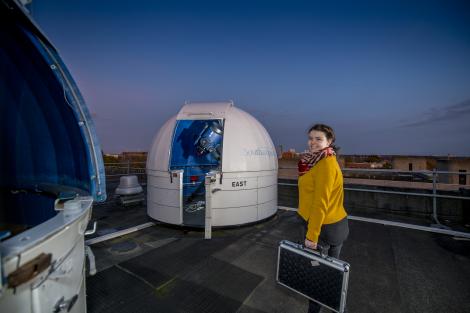

Welcome to the Physics and Astronomy Visit Day
Follow the button below to join the live event, which will begin at [DATE] [TIME].
Join the Visit Day

Follow the button below to join the live event, which will begin at [DATE] [TIME].
Join the Visit Day